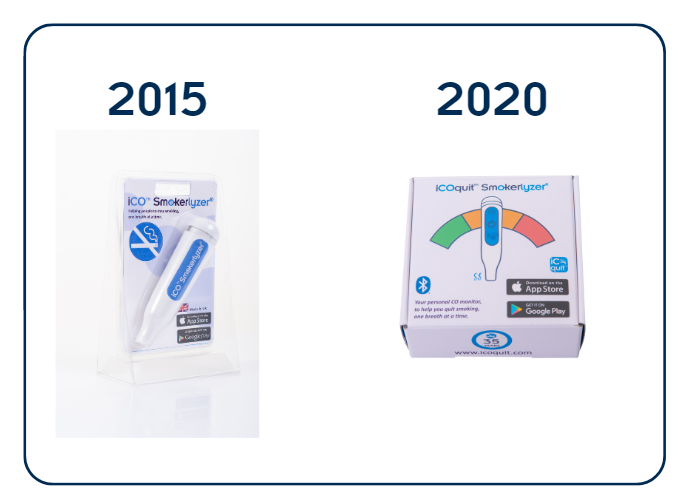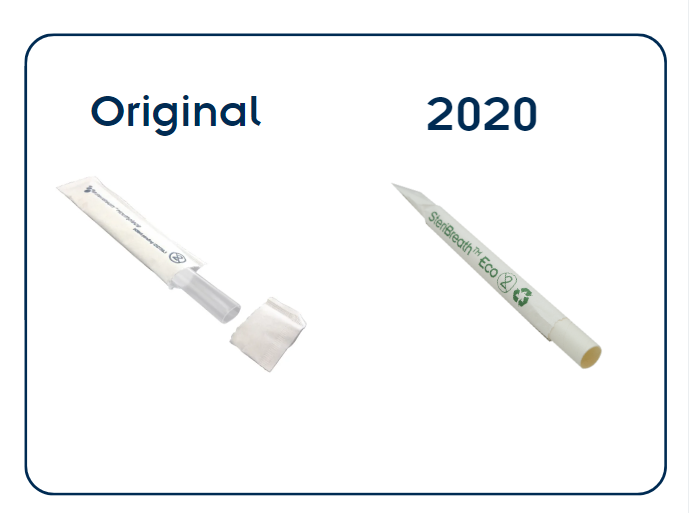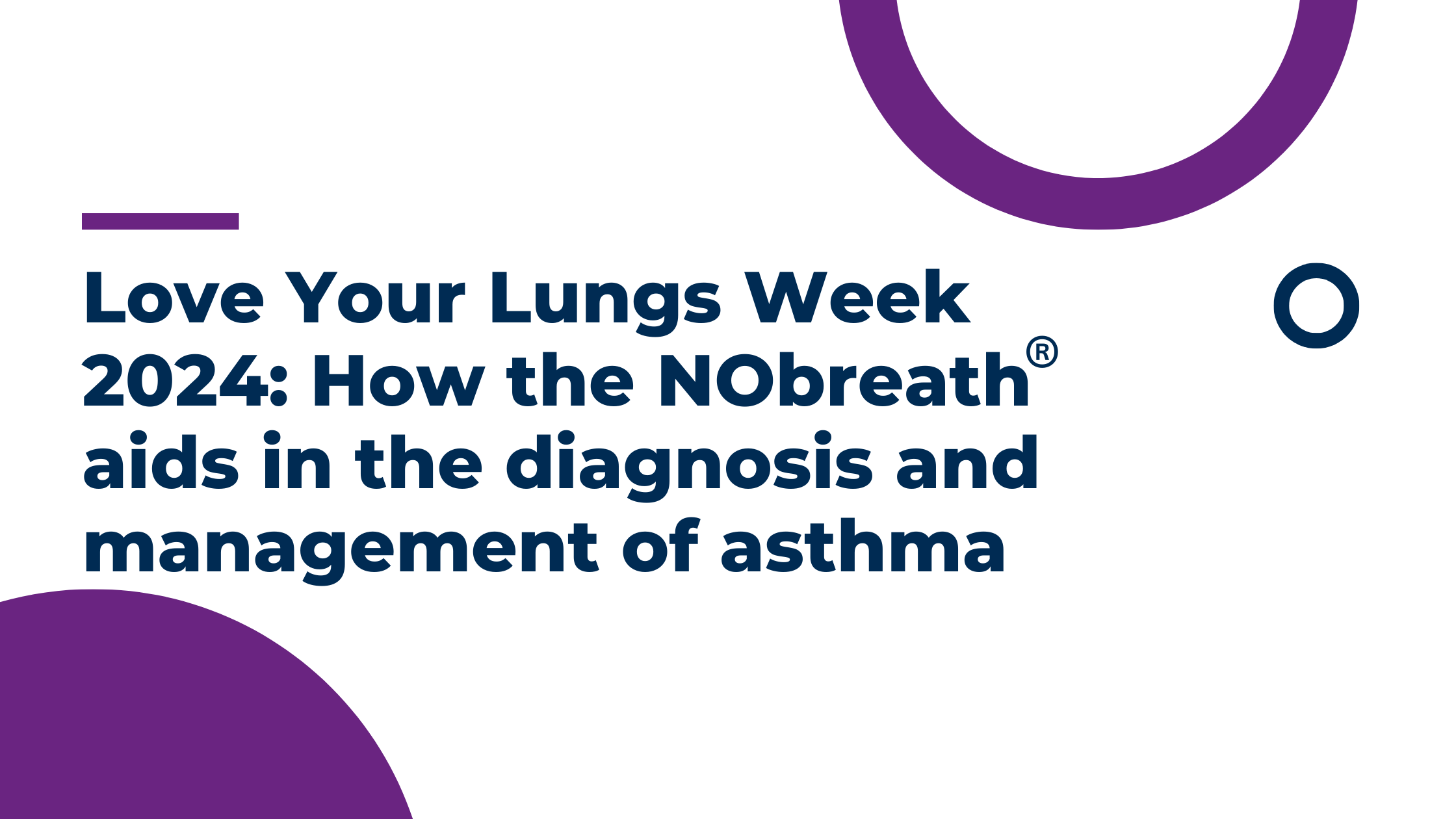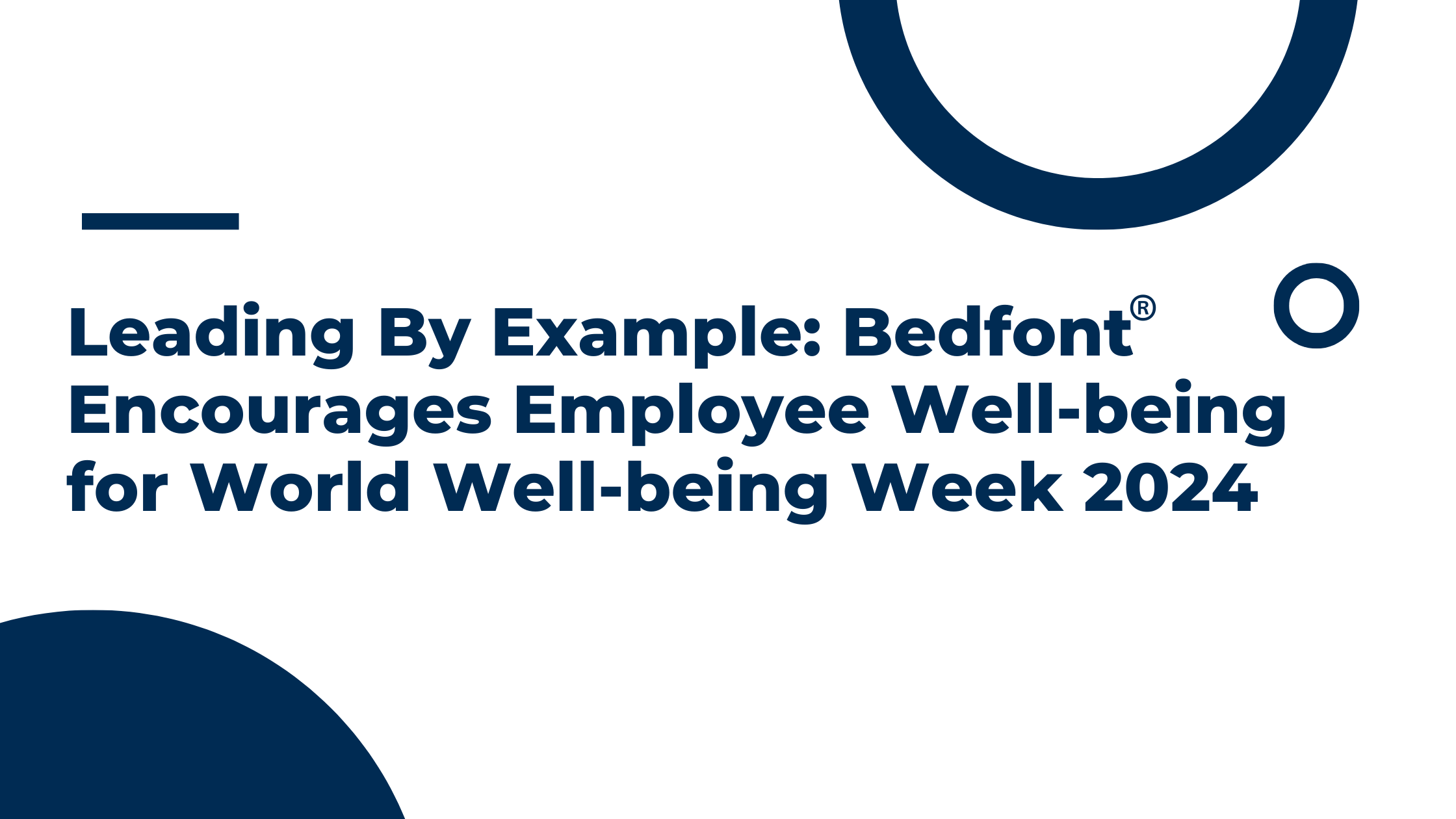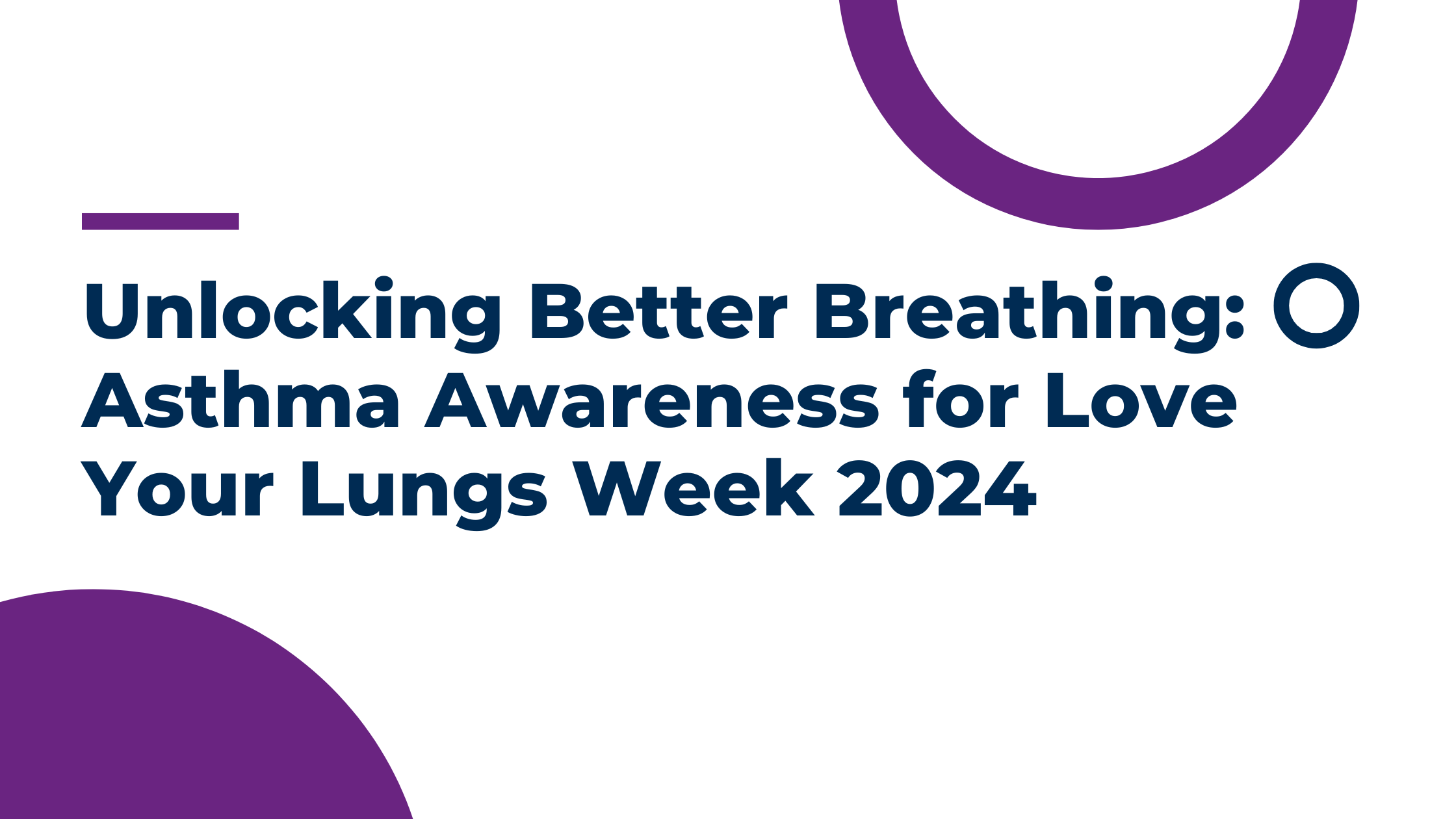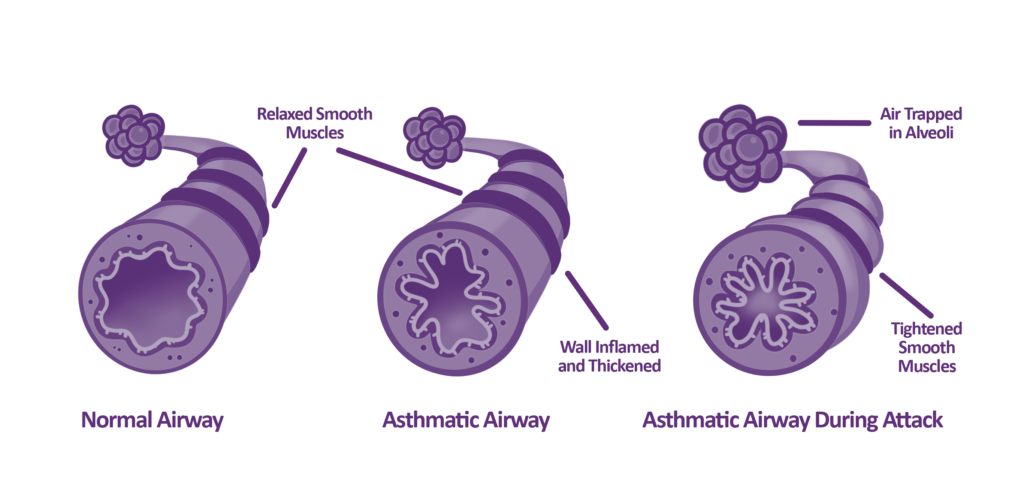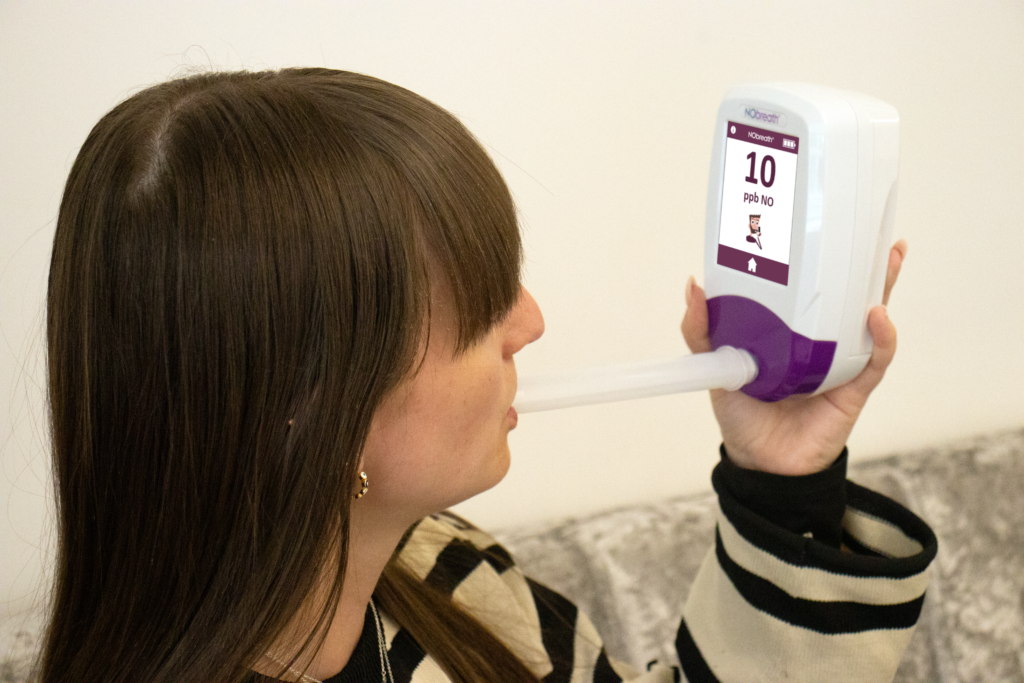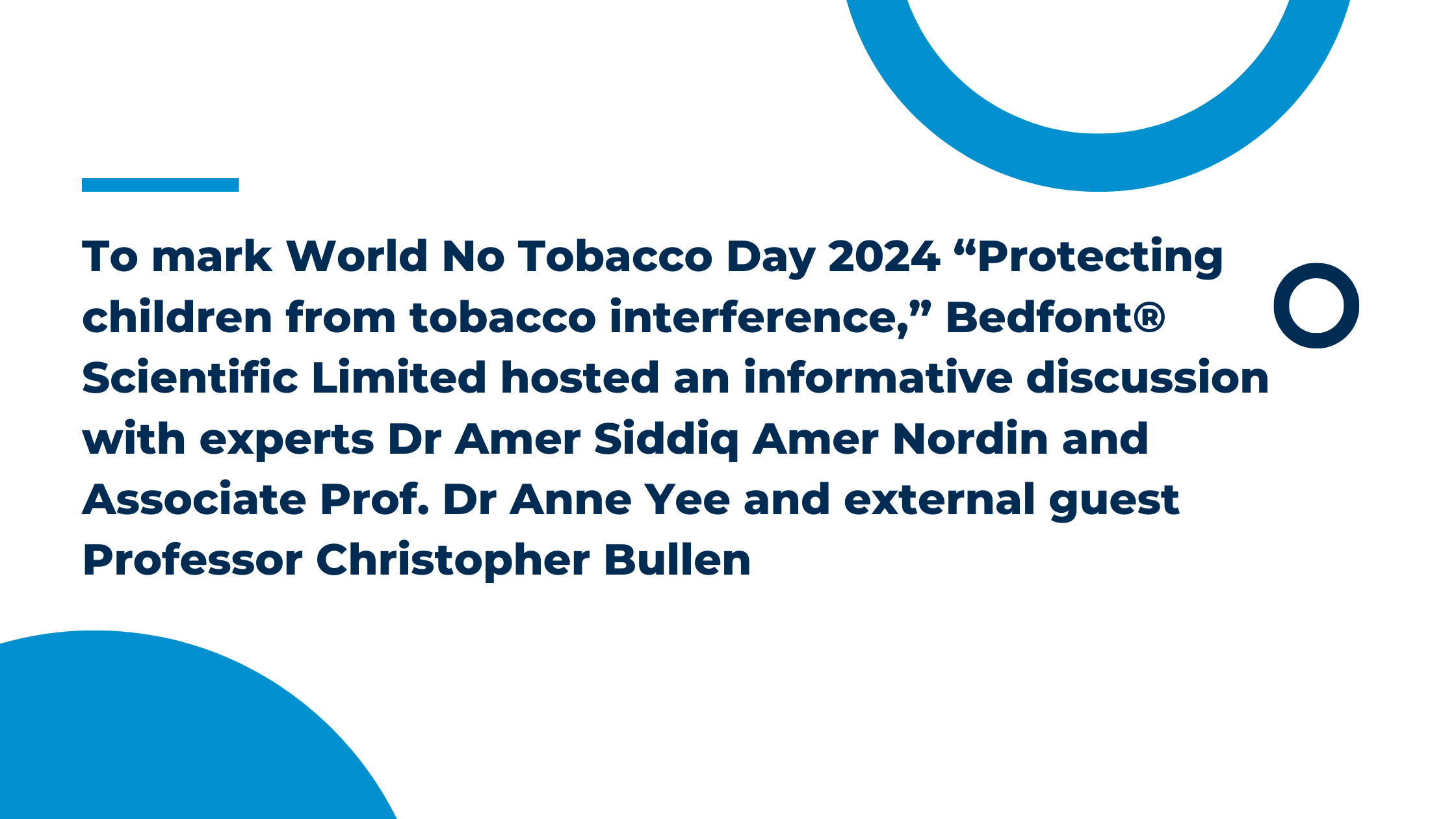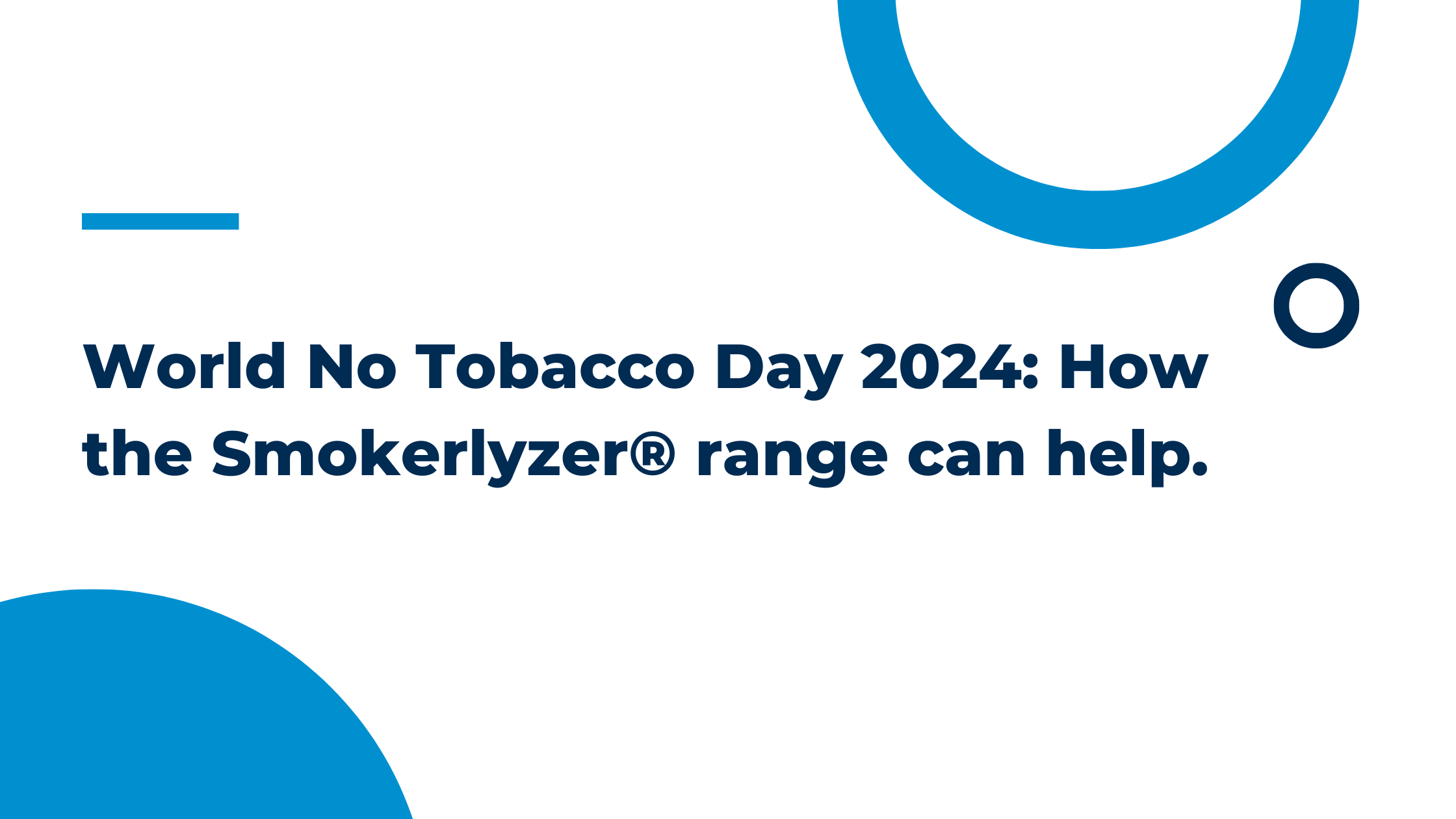Like any healthcare investment, consideration needs to be given when deciding which fractional exhaled nitric oxide (FeNO) device might best suit the clinical area in which it will be used. So, what would be sensible to consider when including FeNO devices for implementation into the respiratory pathway? And how does the NObreath® measure up?
External approval is an important factor in healthcare device purchase. It acts as an independent validation of quality and reliability. In England, approval from the National Institute of Health and Care Excellence (NICE) demonstrates that a device or medicine has been assessed by independent committees and has made evidence-based recommendations for the health and social care sector1. Technology appraisals2 assess the clinical and cost-effectiveness of health technology, including devices such as the FeNO device. As the technology market increases and additional devices are brought to market, it is important to investigate what external approval a device has received, and that it has undertaken an independent process before approval. The NObreath® has successfully undergone the required NICE technology appraisal.
Reassurance that tests performed are accurate, and repeatedly so, is vital in healthcare. The evidence for individual devices is reviewed as a part of the NICE technology appraisal. A device that is CE-marked also ensures that the manufacturer conforms to European standards for health, safety and environmental requirements.
A vital component in any healthcare system is the cost. As with many healthcare devices, this extends beyond the initial price tag. Is there an ongoing maintenance cost? What is the cost of the consumables such as mouthpieces required? Is there any potential for waste? Will the device offer longevity in a pathway if it is correctly maintained?
When considering cost, it is also worth considering the value of including the test and the potential price of not including FeNO in a respiratory pathway. Is there the potential for other costs to emerge without the test? Incorrect diagnosis resulting in lifelong unnecessary inhaled medication is seen in asthma3,with the associated costs to the patient and the healthcare system along with the additional burden a diagnosis of asthma can bring. Alternately, the cost and burden of a missed diagnosis can also occur leaving patients with untreated symptoms and the associated risk of asthma. Objective tests including FeNO are recommended4,5,6 in making an accurate diagnosis of asthma.
Tests that are simple to perform are more likely to be used in primary care where time is short. Recent research has found many competing priorities for services currently and the pressure on workforce training and capacity7 has impacted primary care’s ability to reinstate spirometry services. Despite funded training for spirometry in England, it has been slow to increase because of the complexity and time taken to achieve the required standard and registration. The requirement for competence in using a FeNO device is not as onerous, does not take long to complete and is free to complete in the UK. New technology should ideally be easy for patients to use, easy for competent healthcare professionals to teach to others who might undertake testing, and suitable for testing on a broad age range. FeNO testing meets all the criteria, it is a quick simple test that is relatively easy for all ages to perform with minimal coaching, and the test procedure is easy to teach to others.
A device that is portable and can be moved between consulting rooms will increase its use and test availability for patients. This allows a FeNO test to be quickly and easily integrated into relevant primary care consultations.
One of the most impactful things that healthcare professionals are influenced by are guidelines. These may be international, national or local guidelines. FeNO has an identified place in the current guidelines 4,5,6. As guidelines progress to reflect the most current evidence, it is likely that FeNO testing as a part of the diagnostic process, and as a tool to monitor established asthma, will become more prominent.
Comparing the Bedfont® NObreath® FeNO device against these considerations, is it a good choice? The NObreath® has successfully been through the NICE technology appraisal so has demonstrated that it is a clinically effective device offering reliable repeatable testing and is cost-effective. The NObreath® is a non-invasive device with visual incentives to encourage patients of all ages to achieve optimal flow rate for testing. The test settings can be used for adults and children so is an all-age device. It is simple to explain and easy for patients to perform, taking a minimal amount of valuable consultation time. It is small, and easily transported. It requires annual servicing and minimal consumables and can be used as a functional device for many years.
Taking advantage of these features, some practices and primary care networks have taught all clinicians how to perform the test when the patient initially presents with a history and symptoms of asthma, so that treatment can begin without delay and the patient can be reviewed with steroid naive FeNO results as the national and international guidelines recommend.
References:
- National Institute for Health and Care Excellence (2024). Available from https://www.nice.org.uk/guidance [Last accessed 19.6.24]
- National Institute for Health and Care Excellence (2024). Available from https://www.nice.org.uk/About/What-we-do/Our-Programmes/NICE-guidance/NICE-technology-appraisal-guidance [Last accessed 19.6.24]
- Aaron SD, Vandemheem KL, FitzGerald JM, Ainslie M, Gupta S et al.: Canadian Respiratory Research Network. Re-evaluation of diagnosis in adults with physician-diagnosed asthma. JAMA 2017;317:269-279
- British Thoracic Society (2019)Guidelines for the management of asthma. Available from https://www.brit-thoracic.org.uk/quality-improvement/guidelines/asthma/ [Last accessed 20.6.24]
- National Institute for health and Care Excellence (2017). Asthma: diagnosis, monitoring and chronic asthma management NG80. Available from https://www.nice.org.uk/guidance/ng80 [Last accessed 20.6.24]
- Global Initiative for Asthma (2024) Global Strategy for Asthma Management and Prevention. Available from https://ginasthma.org/2024-report/ [Last accessed 20.6.24]
- Doe G, JC Taylor SJC, Topalovic M, Russell R, Evans RA et al (2023) Spirometry services in England post-pandemic and the potential role of AI support software: a qualitative study of challenges and opportunities. British Journal of General Practice 2023; 73 (737): e915e923. DOI: https://doi.org/10.3399/BJGP.2022.068


